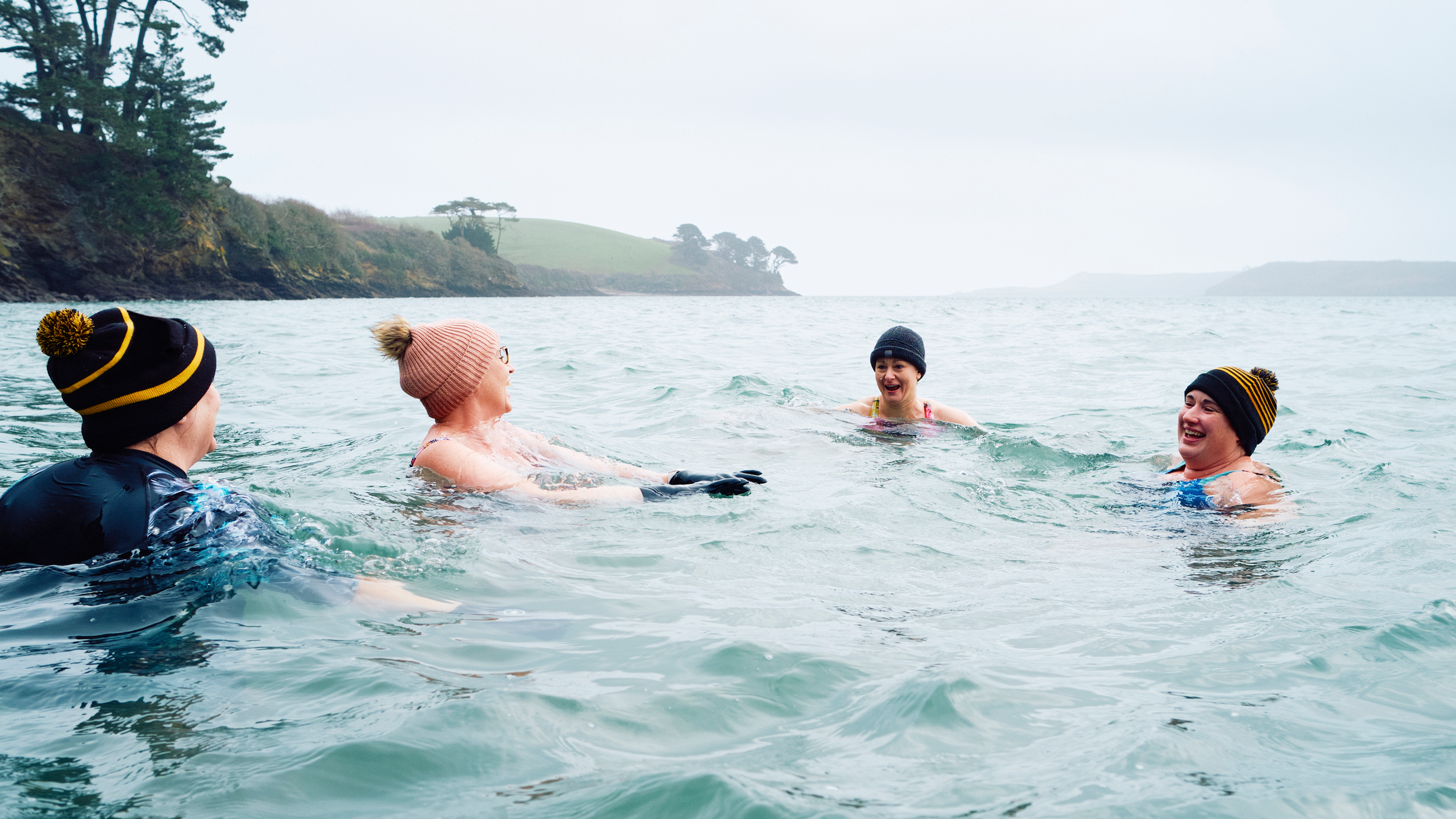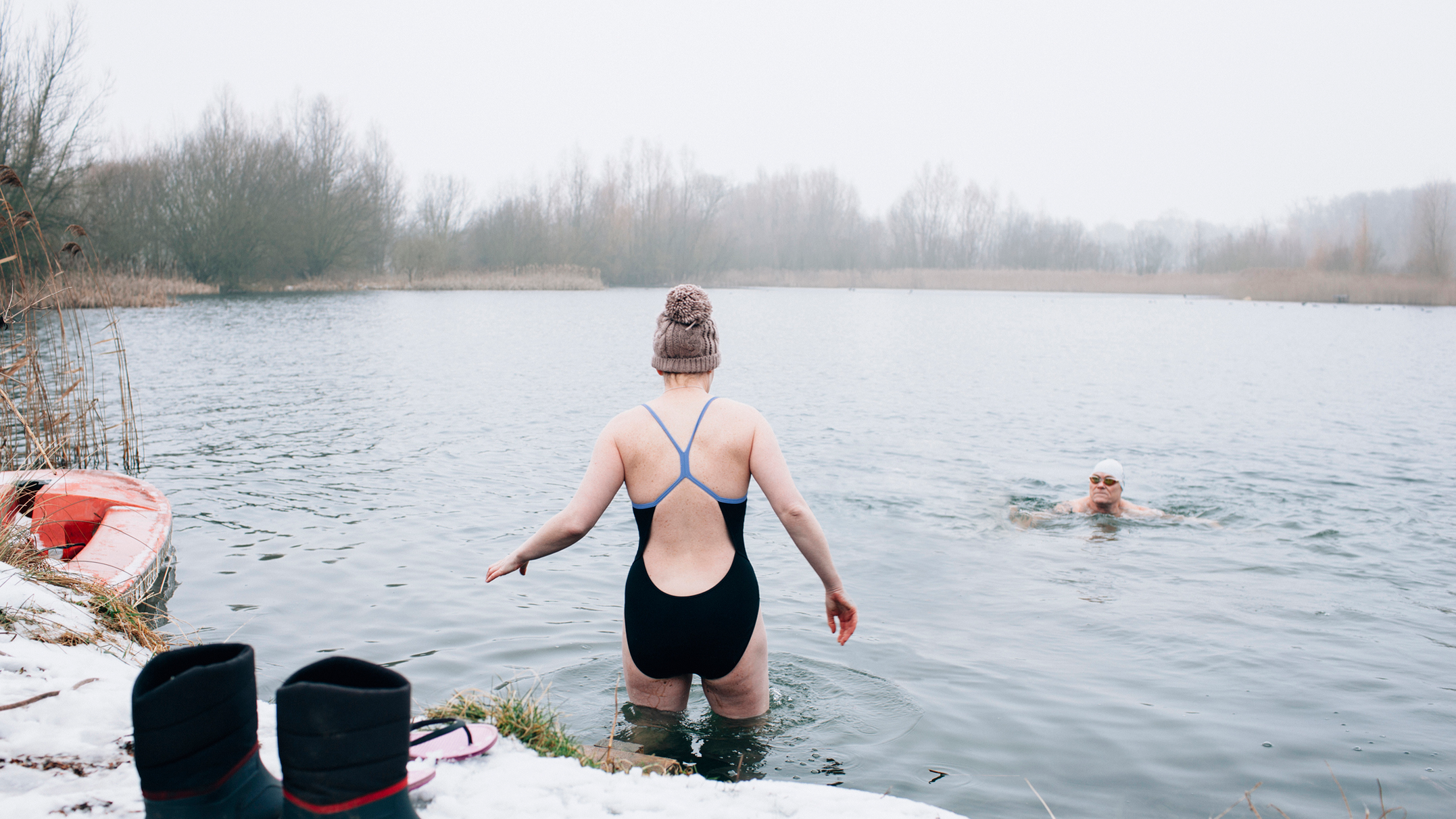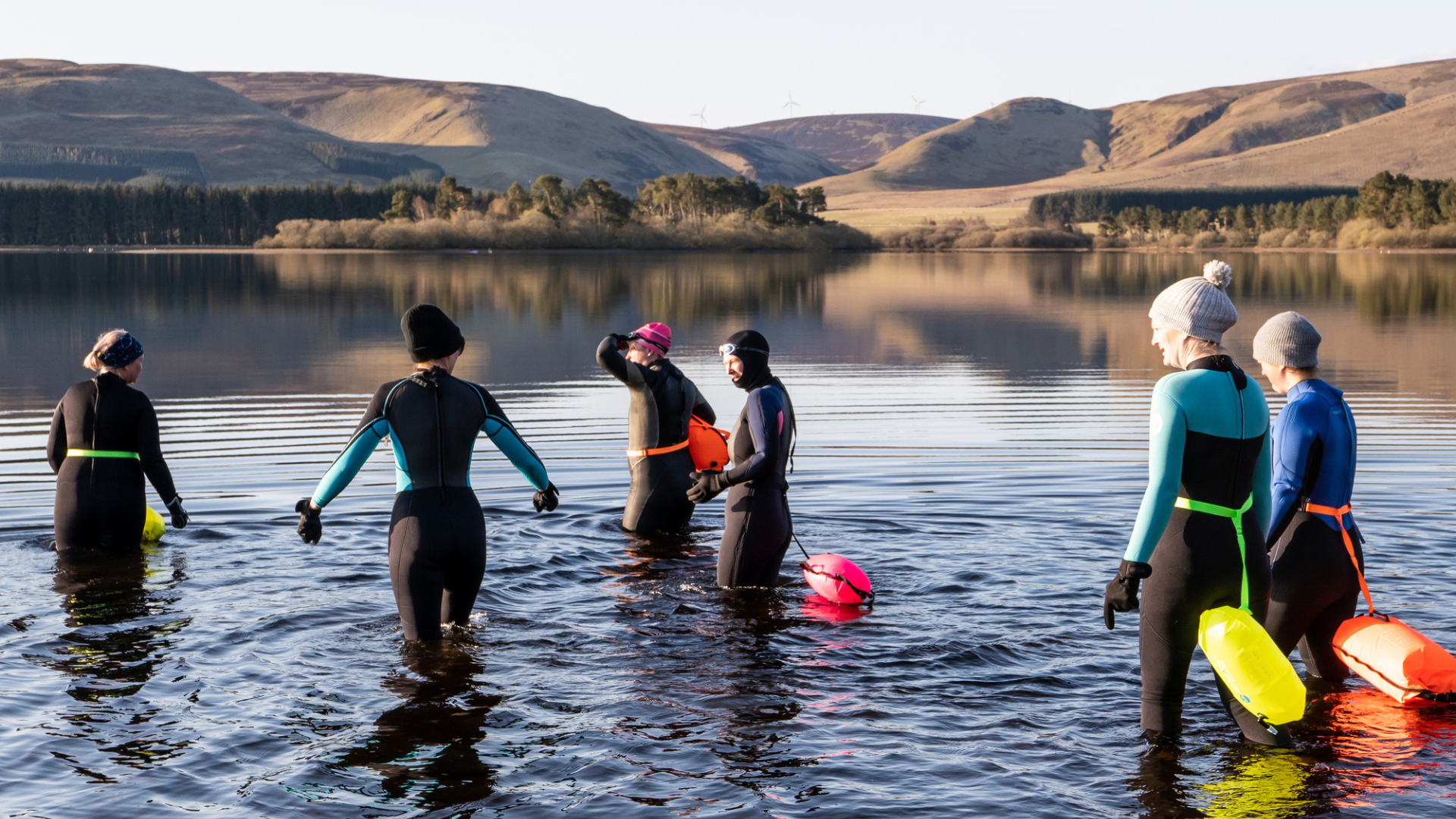Study finds that open water swimming significantly boosts mental health - here's how to try it for yourself
Researchers studies 1,200 outdoor open water and open-air pool swimmers from 19 countries

Open water swimmers benefit from a significant boost to their mental health, more so than open-air pool swimmers, according to a new study.
Research published in the Journal of Environmental Psychology studied 1,200 outdoor swimmers from 19 different countries and found that both open water and open-air pool swimmers enjoyed improved mood and lower levels of stress in the water.
However, open water swimmers reported 9% more happiness, worthwhileness, and satisfaction than their counterparts. These results were similar for swimmers taking a dip at both coastal and inland open water swimming locations.
"Open-water swims were associated with greater feelings of being 'free to be whom I am' than open-air pool swims and in turn this was associated with higher positive well-being and lower anxiety," reads the report.

Give it a go
These findings support the long-held belief among the open water swimming community that taking a dip in wild waters is better for you than swimming in a pool. Swimming and spending time in nature both have proven health benefits, so it's no wonder that combining the two boosts your mental health.
Fancy giving it a go yourself? On a hot day, it can be tempting to strip off and jump into wild water without a second thought, but there are some things you should be aware of first.
Read below for a few top tips for an enjoyable, safe swim in open water.
Advnture Newsletter
All the latest inspiration, tips and guides to help you plan your next Advnture!
- Check the water quality - Regardless of how refreshing it looks, open water can often be dangerous. Rivers, lakes, seas, and ponds can host harmful pollutants like E. coli and toxic infestations like blue green algae. You should check the water quality before taking a dip in any open water. You can do this using the How's My Waterway map in the US and the Surfers against Sewage map in the UK.
- Watch out for currents - Coastal rip currents and strong river currents can carry you off course if you're not careful. Make sure you know how to spot one, and if you're caught in a current, swim parallel to the shore until it peters out.
- Prepare for conditions - Before you swim, make sure you're prepared with the right kit. The best wild swimming gear is comfortable and easy to swim in, so you can stay in the water for as long as you please. Open water swimming environments are almost always colder than open-air and indoor pools, so get yourself ready for a chilly dip. If you're too cold, don't be afraid to get out and warm yourself up in something insulating like a dry robe.
- Get in safely - Wade in carefully and slowly; don't jump! Open water is often murky, so it can be unclear where the bottom is. There's also the risk of landing on something sharp or disturbing the wildlife that lives there.
- Take a friend - From rip currents to cold conditions, open water swimming can occasionally be dangerous. You don't want to be alone in an emergency, so bring a friend or join up with a local open swimming organization.
For more on open water swimming safety, check out our expert guide.
- The best changing robes: cocoon yourself post-swim in a protective layer
- The best water shoes: fast-draining, quick-drying and ready to take you from the shore to the sea

Will Symons developed his love of the outdoors as a student, exploring every inch of Sussex’s South Downs national park and wild swimming off the Brighton seafront. Now a Staff Writer for Advnture, Will previously worked as a freelance journalist and writer, covering everything from cricket to ancient history. Like most Advnture staff, Will’s time is rarely spent indoors, he can often be found hiking, wild swimming or playing cricket.
